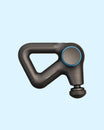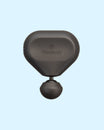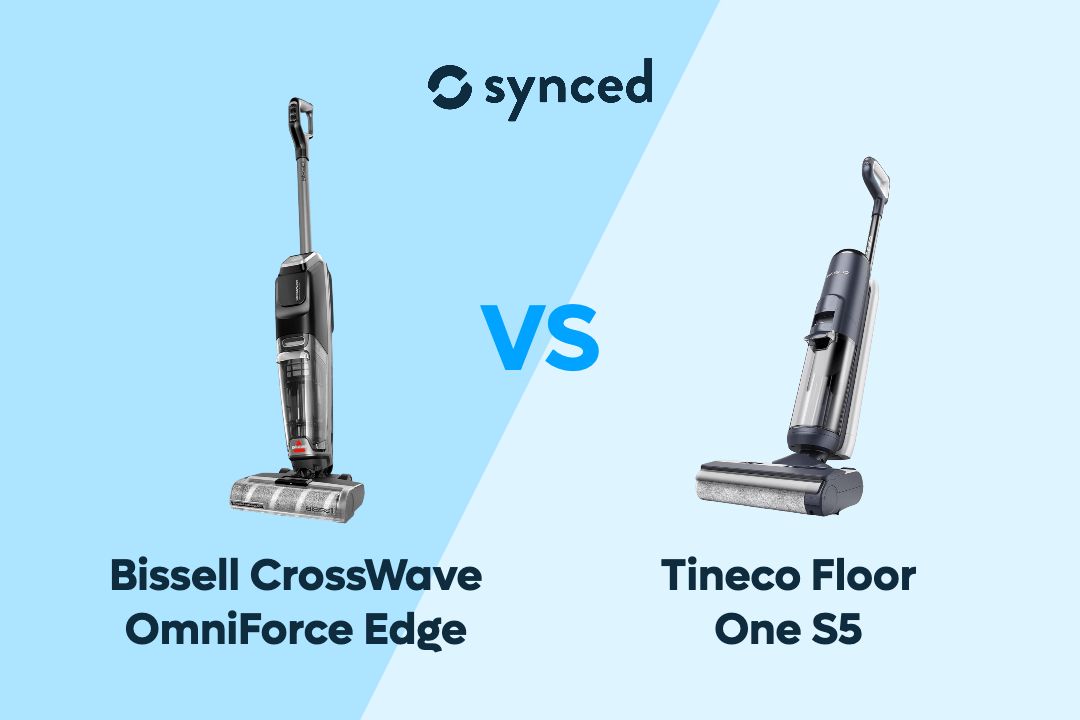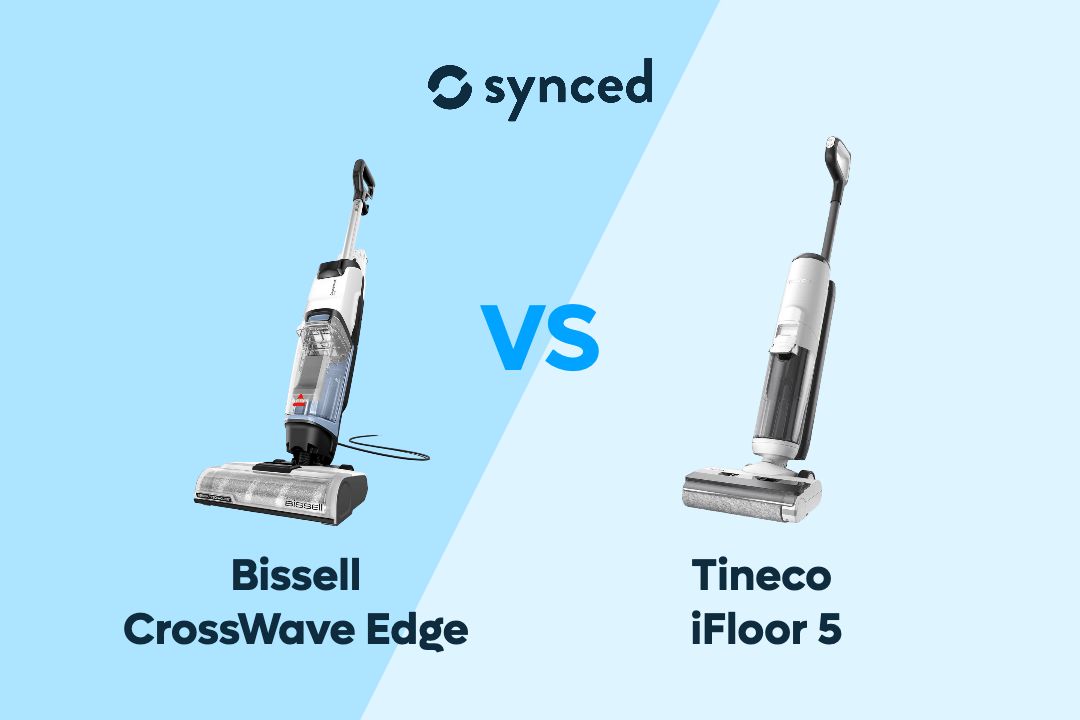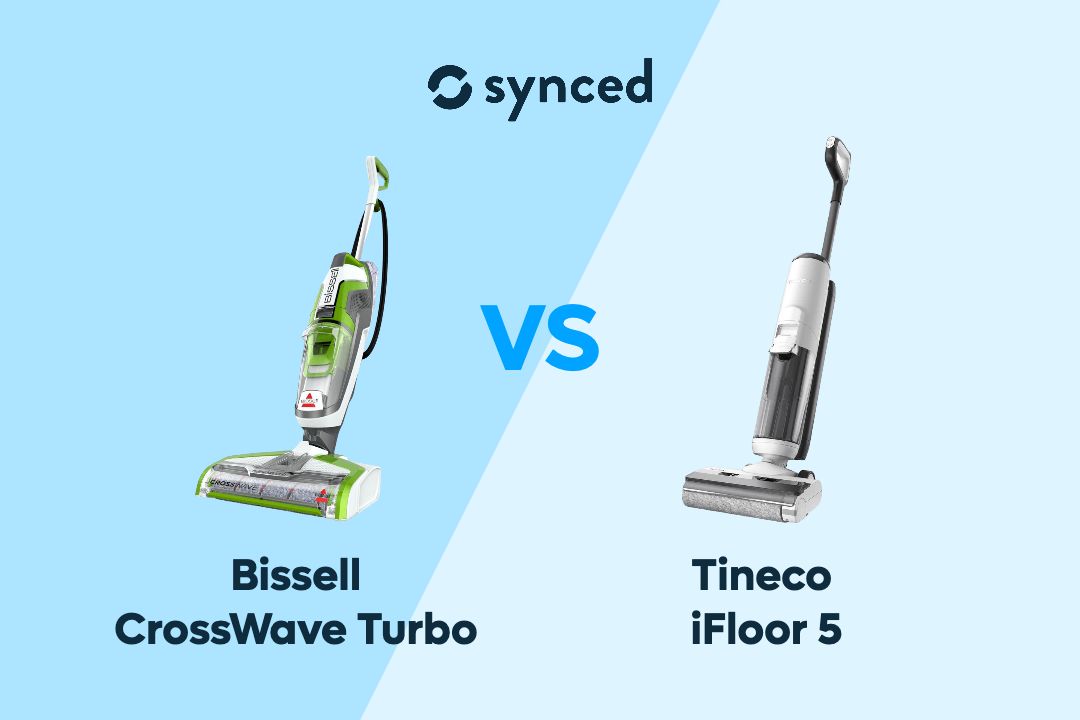TCL Q6 vs Q7
By Elisabeth Christ
Updated September 2024

TCL has become a household name in the TV market, known for delivering high-quality displays at competitive prices. Among their lineup, the Q6 and Q7 models stand out as prime examples of TCL’s ability to blend advanced technology with affordability. Both TVs offer impressive specs, but they cater to slightly different audiences. The Q6 is hailed as the "mid-tier hero," bringing a well-rounded feature set at a budget-friendly price. Meanwhile, the Q7 steps up the game with enhanced image quality, superior sound, and a few extra features that make it a more premium choice. Whether you’re a casual viewer or a tech enthusiast, understanding the nuances between these two models will help you decide which one is the best fit for your living room.
Key Takeaways
The TCL Q6 and Q7 represent two distinct tiers within TCL’s 4K TV lineup, each excelling in different aspects of performance. The Q6, with its quantum-dot-enabled display and solid color accuracy, offers an excellent viewing experience for everyday use, especially considering its affordable price point. However, it lacks some of the advanced features found in more expensive models, such as a native 120Hz refresh rate and HDMI 2.1 ports. The Q7, on the other hand, pushes the envelope with full-array local dimming, a native 120Hz display, and enhanced brightness, making it a more suitable option for those who prioritize high dynamic range content, gaming, and a richer overall visual experience. Its additional smart features and connectivity options further justify the higher price tag, appealing to users who seek top-tier performance without stepping into ultra-premium territory.


TCL Q6 QLED TV
Affordable QLED for Stunning Displays
✓ Sleek design with slim bezel
✓ APIQ Gen 3 processor
✓ Anti-glare screen
✓ Up to 144Hz

TCL Q7 QLED TV
Versatile QLED with Immersive Visuals
✓ 160 local dimming zones (65-inch)
✓ AIPQ Engine Gen3 processor
✓ 1,000 nits peak brightness
✓ Up to 144Hz refresh rate
#1 Price Design

TCL Q6
When it comes to the design language, the TCL Q6 and Q7 exhibit distinct personalities, yet both share a modern flair that appeals to different preferences. The Q6, priced at $599.99 for the 65-inch model, boasts a super-thin profile and minimalist aesthetic, featuring plastic bezels that effortlessly blend into any living room setup. Its versatility is emphasized by the option to mount it on the wall using a 400mm x 300mm VESA mount, or position it on its adjustable legs, depending on your space and viewing angle preference. On the other hand, the Q7, with a higher price tag of $1,000.00, exudes a more premium feel, characterized by sharp corners, a thin chrome-colored metal band, and a darker brushed metallic strip along the bottom edge. This design not only enhances the visual appeal but also ensures that it commands attention in any room.
Port placement also differentiates these two models. While the Q6 features rear-facing ports on the right side, making connections straightforward, the Q7 takes a more traditional approach with ports positioned on the rear panel. The Q7's design allows for a bit more elegance with its V-shaped metal legs, which provide sturdy support and add to the overall sleek look. Despite their differences, both models offer wall-mounting options, catering to users who prioritize space-saving and a cleaner aesthetic. The design choices in the Q7 reflect its position as a higher-end model, while the Q6 offers a more budget-friendly yet stylish alternative.
#2 Image Quality

TCL Q7
When it comes to delivering a vibrant and immersive viewing experience, both the Q6 and Q7 have their strengths, but they cater to different needs and expectations. The Q6, equipped with a quantum-dot-enabled 4K panel, offers a respectable 431 nits of brightness in SDR and 498 nits in HDR, ensuring that everyday content looks clear and well-lit. Its color accuracy is commendable, with a Rec. 709 coverage of 97.4192% and UHDA-P3 Gamut Coverage of 94.51%, which means colors are rich and true-to-life. However, it lacks a native 120-Hz refresh rate, which might be noticeable during fast-paced action scenes or high-end gaming.

TCL Q6
The Q7, however, takes image quality to the next level with its full-array local dimming and native 120Hz display panel. It boasts 160 local dimming zones for the 65-inch model, significantly improving contrast and black levels, making it ideal for darker scenes in movies or shows. With a peak brightness of 1,000 nits and 93.38% UHDA-P3 Gamut Coverage, the Q7 delivers a more dynamic and vivid picture. It also handles HDR content with greater finesse, supported by Dolby Vision IQ and HDR10+ formats, ensuring that both bright and dark scenes are rendered with stunning clarity. While the Q6 is more than capable for everyday viewing, the Q7 offers a more cinematic experience, with deeper blacks and brighter highlights that make a noticeable difference, especially in well-produced 4K HDR content.
#3 Sound Quality

TCL Q7
Sound quality can make or break a viewing experience, and both the TCL Q6 and Q7 aim to deliver audio that complements their visual prowess. The Q6 comes equipped with basic 10W speakers, which, while sufficient for regular TV watching, might leave audiophiles wanting more. Its sound output is clear, but the lack of power and depth might necessitate the addition of a soundbar, especially if you plan to enjoy immersive movie nights or high-energy music videos. The inclusion of HDMI eARC does make it easier to connect to external sound systems, providing a path to enhanced audio experiences.
On the other hand, the Q7 steps up the game with its 2 x 15-watt speaker system. While still not perfect for large or noisy rooms, it offers a more robust soundstage, enhanced further by support for Dolby Atmos and DTS Virtual audio formats. This setup provides more depth and a sense of spatial audio that makes action sequences and musical performances feel more alive. The Q7’s sound system is designed to deliver more clarity and presence, making it a better option for those who prioritize audio without the need for external speakers. For most users, the Q7’s sound quality will suffice, offering a more balanced and immersive audio experience compared to the more basic output of the Q6.
#4 Smart Features & Connectivity

TCL Q6
In the realm of smart features and connectivity, both the Q6 and Q7 leverage TCL's commitment to providing a seamless and intuitive user experience through Google TV. The Q6, despite being the more affordable option, integrates smoothly with Google TV, offering users easy access to a wide array of streaming services and apps. It comes with built-in Chromecast, allowing for effortless casting from mobile devices, and the inclusion of Google Assistant makes voice commands a breeze. However, the Q6's connectivity options are somewhat limited, with three HDMI 2.0 ports and no HDMI 2.1, which could be a drawback for those who want the latest in gaming or future-proofing their setup.
Conversely, the Q7, with its higher price point, expands on these capabilities with two HDMI 2.1 ports, ensuring compatibility with the latest gaming consoles and higher frame rates. The far-field microphones for hands-free Google Assistant add another layer of convenience, allowing users to control their TV and smart home devices with just their voice. Additionally, the Q7 supports both AirPlay and HomeKit, making it an excellent choice for Apple ecosystem users. The Q7’s enhanced connectivity options and advanced smart features make it a more attractive option for tech-savvy users looking to integrate their TV into a broader smart home environment.
#5 Gaming

TCL Q7
For gamers, the choice between the TCL Q6 and Q7 largely hinges on the level of performance and features they prioritize. The Q6, while marketed as a mid-tier option, does offer some gaming-centric features, such as a Game Mode that upscales 1080p content to appear smoother, simulating a 120Hz experience. This can be adequate for casual gamers who are not overly concerned with the latest gaming technology but still want a decent experience. However, the lack of HDMI 2.1 ports and native 120Hz refresh rate on the Q6 may be a dealbreaker for more serious gamers looking for seamless performance in fast-paced games.

TCL Q6
In contrast, the Q7 is clearly designed with gamers in mind, featuring two HDMI 2.1 ports capable of up to 144Hz at 4K or 1440p, and up to 240Hz at 1080p. This makes the Q7 a better fit for next-gen console gaming, offering smoother motion and less input lag, crucial for competitive gaming environments. The Game Bar quick menu and Game accelerator 240 further enhance the gaming experience by providing quick access to essential settings and the ability to push the display’s performance to its limits. For gamers who demand the best performance and features from their TV, the Q7 is the superior choice, offering a more immersive and responsive gaming experience compared to the Q6.
TCL Q6 vs Q7
Final Thoughts

TCL Q6 vs Q7
Choosing between the TCL Q6 and Q7 largely depends on your specific needs and how you plan to use your TV. If you’re looking for a solid, budget-friendly option that delivers good picture quality for everyday viewing, the Q6 is a fantastic choice that won’t disappoint. However, if you’re a gamer, a cinephile, or someone who simply wants the best that TCL has to offer without breaking the bank, the Q7’s superior image quality, advanced gaming features, and enhanced audio will likely make it the better investment. Consider what matters most to you—whether it’s price, performance, or future-proofing your entertainment setup—and you’ll find that either model could be the perfect fit.
If you like to read more about Smart TVs, check out our other relevant guides here:
Hisense U6K vs U7K
Hisense U6K vs U6N
Hisense U7K vs U8K
Hisense U7K vs U7N
Hisense U7N vs U8K
Hisense U8K vs U8N
Hisense U7N vs U8N
Hisense U6N vs U7N
Don't miss out on tech
Subscribe to our newsletter to stay up to date on the latest tech trends and guides on the best gadgets around.


